Before Lifschutz Davidson Sandilands starts work on its competition-winning scheme, let’s harness the capital’s most visible infrastructure to show the new US president exactly what we think, says Gillian Darley
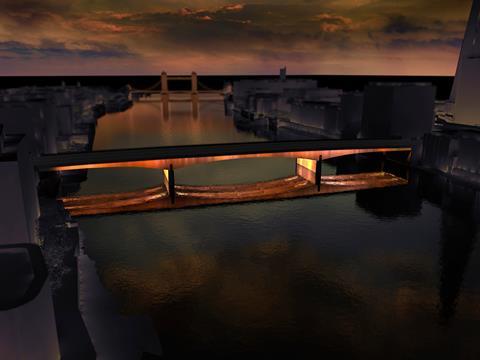
The Thames gains instant recognition around the world as London’s river but, name apart, the reality is less resonant. By some diabolical masterstroke, a clutch of the worst mid- to late-20th-century buildings anywhere line up as a provocative foreground to glorious, undiminished, St Paul’s.

Access to the banks, at least to the north, remains grudging and compromised by roads (particularly in the City) while on the water very little happens at all. After the rubbish barges have headed down to the estuary at dawn, until recently tipping out Westminster’s ordure at a place in Essex suitably enough called Mucking, there seems to be precious little going on, hour to hour.
It has been left to the bridges (17 so far) to provide a flickering sense of presence upon what Hannah Rothschild, the chair of the Illuminated River Foundation, launching the exhibition of shortlisted entries to the international design competition, referred to as a “bleak snake of darkness”. A privately funded initiative to bring energy and beauty back to the river by night and with light, the competition had teased out some thoughtful, clever solutions – although relative simplicity was bound to be the winning ingredient. The process will be phased, and the entire scheme depends on the cooperation of many authorities and a mix of public and private support.
The winning entry, announced before Christmas, was by the American artist Leo Villareal and London architect Lifschutz Davidson Sandilands. “Current” promises to be, above all, a sophisticated painting with light, programmed to offer a changing range of colours. Villareal has transformed the Bay Bridge in San Francisco with an admired “light sculpture”. The winning London design is based around the bridges and the banks, an energy-conscious and integrated lighting regime that will extend well beyond the river arches or superstructure of individual bridges. Another winning strand is a promised collaboration with MBNA Thames clippers, a 13-strong catamaran fleet that operates from 20 piers from Putney to Woolwich under the aegis of TfL. But London’s river offers, as yet, a puny alternative transport system while Sydney and Istanbul exemplify the momentum a fully functioning ferry service can give a city.
When the results of the Illuminated River design competition were announced, Donald Trump’s inauguration had not yet taken place, let alone the speeding steamroller of presidential executive orders that followed. Then, all of 11 days ago, London’s bridges played an almost theatrical role in the protests, providing the backdrop and staging for the massive scrolled banners that have become, in themselves, a kind of metaphor for the current unravelling episode. “Build Bridges Not Walls” was the first, appearing in the bright winter sun on Tower Bridge, initiating a day-long campaign to use all the major crossings, road, foot and rail, to carry the messages in a suitably televisual fashion. Westminster Bridge, so visible from the river front of the Houses of Parliament, hosted a sign with the message “Migrants Welcome Here”. At the same time, US Greenpeace activists used a 300-foot crane conveniently erected just behind the White House to signal “Resist” on a 70-foot banner.
In fact the infrastructure is proving amenable to this kind of skywriting – photogenic, punchy and, though clearly ignored by the recipients, effective public relations. So, if President Trump’s state visit to the UK is not derailed, the entire infrastructure along his route must play its part. There is a happy irony here. The monstrous property baron will be paid back, neatly enough, in his own coin – perhaps the only reading he will do in Britain?


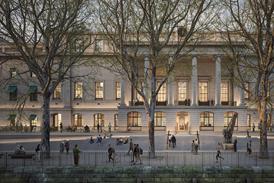
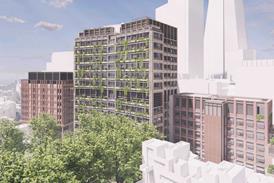
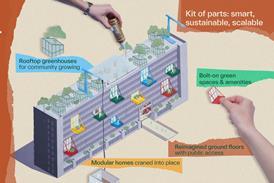
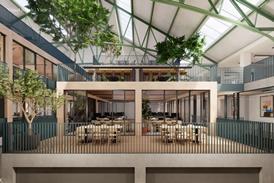










No comments yet